The Researchers
Dr. Taliaferro Clark is the doctor most associated with the Tuskegee Experiment. He was a Senior Officer and his role in the study gave certain assurances that the government would support the study. His words, “”These negroes are very ignorant and easily influenced by things that would be of minor significance in a more intelligent group” gives an idea of his belief in the experiments. He is the one that suggested that the study should monitor the effects on untreated syphilis on the men involved in the experiment.
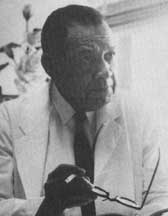
Dr. Eugene Dibble, the John Andrew Hospital at the Tuskegee Institute encouraged involvement in the study, which he stated would “offer very valuable training for our students as well as for the Interns…. our own hospital and the Tuskegee Institute would get credit for this piece of research work.” Dr. Dibble and his staff conducted the spinal taps, and recommended Eunice Rivers as the project’s nurse.
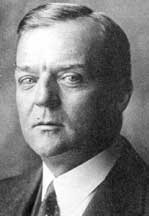
Dr. Oliver Wenger, director of the PHS Venereal Disease Clinic in Hot Springs, Arkansas supported screening for syphilis and treatment programs in the black community all while encouraging that full disclosure about the true aims of the study be withheld from the black men involved. He felt that the men would not participate if they knew they were not being treated despite the “perks” being offered to them. He even congratulated a fellow participant in the way he was able to deceive the black men saying he had a “flair for framing letters to negroes”.
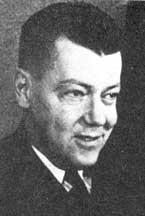
Dr. Raymond Vonderlehr was the on-site director of the Tuskegee Syphilis Study. He was involved in the first physical examinations given to the men. He initially wanted to give the men partial treatment for syphilis but eventually decided that the study should continue. He replaced Dr. Taliaferro Clark when he retired. He remained involved in the study until he retired in 1943.
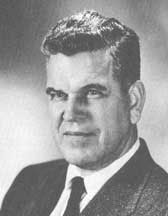
Dr. John Heller was Dr. Vonderlehr’s assistant in the Tuskegee Study for many years before he replaced Vonderlehr as director of the venereal disease between 1943 and 1948. It was while he was director that penicillin became a treatment for syphilis. In 1972, when the study came to the attention of the public, he stoutly defended the ethics of the study.
What was the time period in which the research took place and who were the participants?

The Tuskegee Experiments ran 40 years from 1932 to 1972. During the 1930s, America was still reeling from the after effects of slavery, experiencing The Great Depression, and was directly in the turmoil of the Jim Crow south. This study involved 399 African American men with syphilis and 201 without it, all of whom resided in Macon County, Alabama. During the study, penicillin became the standard treatment of syphilis but the men were still denied treatment. The researchers wanted to study the effects of untreated syphilis on the men. They denied them treatment. During World War II, 250 of the men were drafted for service. Fifty of the study subjects were in such a bad condition that they were ordered by their draft boards to get treatment for syphilis. They were denied treatment even then when the PHS pulled strings to be excluded from treatment to ensure that they remained part of the study instead. By the time the study was over, only 74 of the original participants were still alive. Not only were the participants affected by this study, but their families as well. Forty wives contracted syphilis from their untreated husbands and 19 children were born with syphilis. Those affected by the study did not receive any financial retribution nor a formal apology until 1997 when Bill Clinton was President of the United States.
Methods and Result of the Study
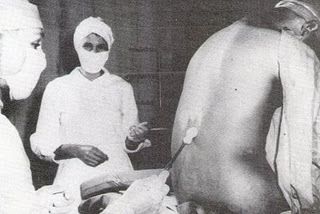
The purpose of the study was to determine the natural course of untreated syphilis in black males. The study included 400 men with syphilis and 200 uninfected men who served as controls for the study. There was an epidemic of syphilis during this time among blacks in the town of Tuskegee, Alabama. Macon County, where this town resided, had the highest rate of syphilis out of the six counties. Researchers branded it a “Study in nature,” rather than an experiment because most of the blacks went untreated throughout life because of the lack in access to health care to black Americans during that time. The study was conducted without obtaining consent from the patients or informing them of the true intent of the study. Researchers told the participants they were being treated for “bad blood” and their participation would award them with free medical exams, meals, and burial insurance. They were given spinal taps done without anesthesia to study the neurological effects of syphilis. They were also administered heavy metals therapy.
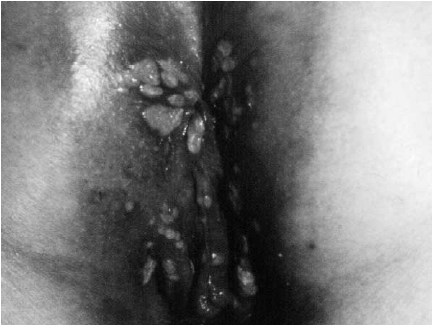
For 40 years many men involved in the study were very sick and well over a hundred had passed away. Forty wives contracted syphilis from their untreated husbands and 19 children were born with syphilis. At least 128 men died directly from untreated syphilis. However, the reports were so poorly made that there is no concrete knowledge of exactly how they died. The last study participant died in 2004.
